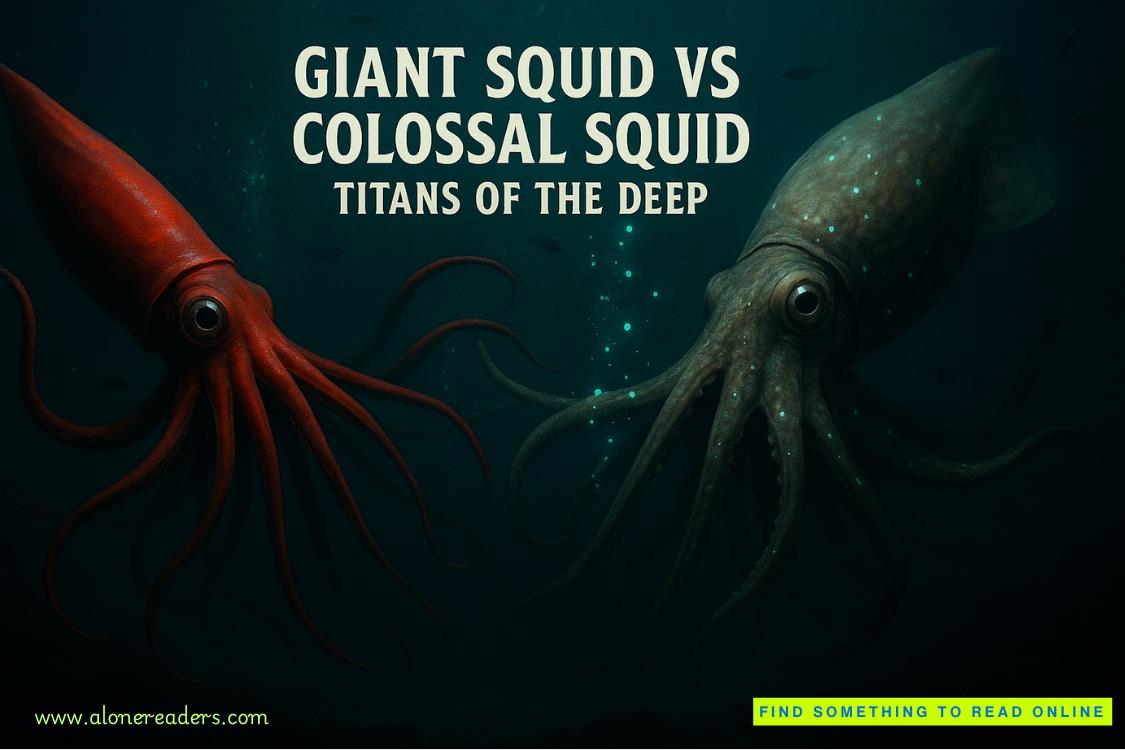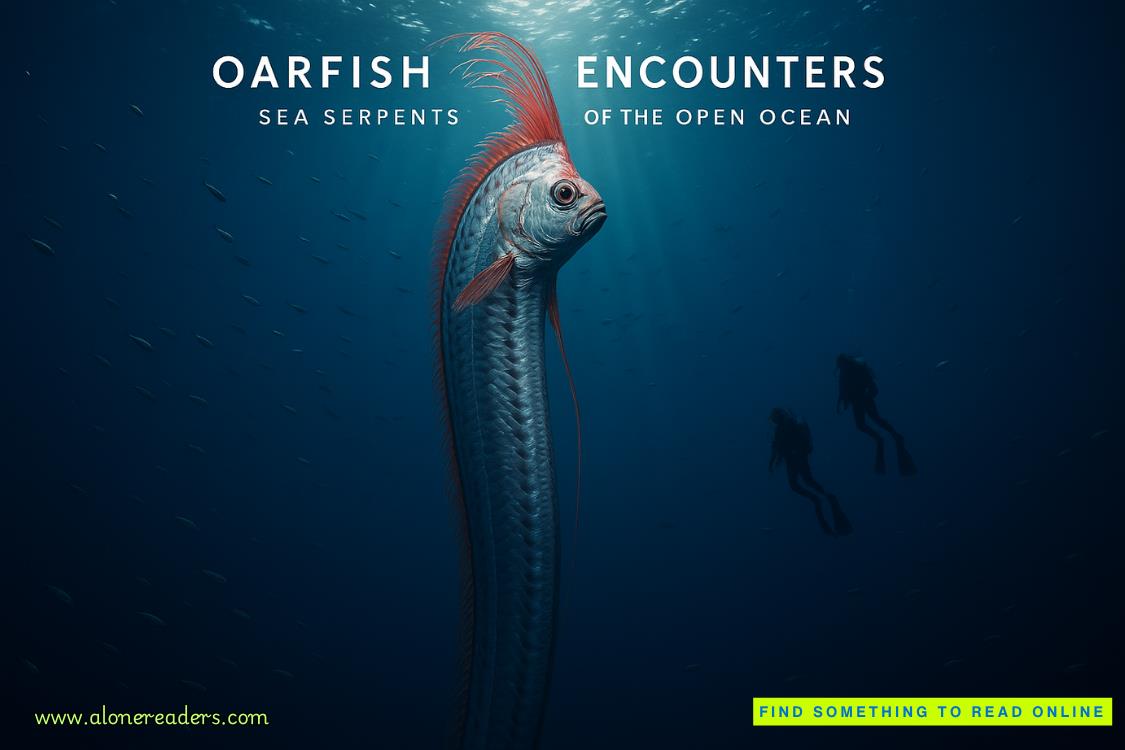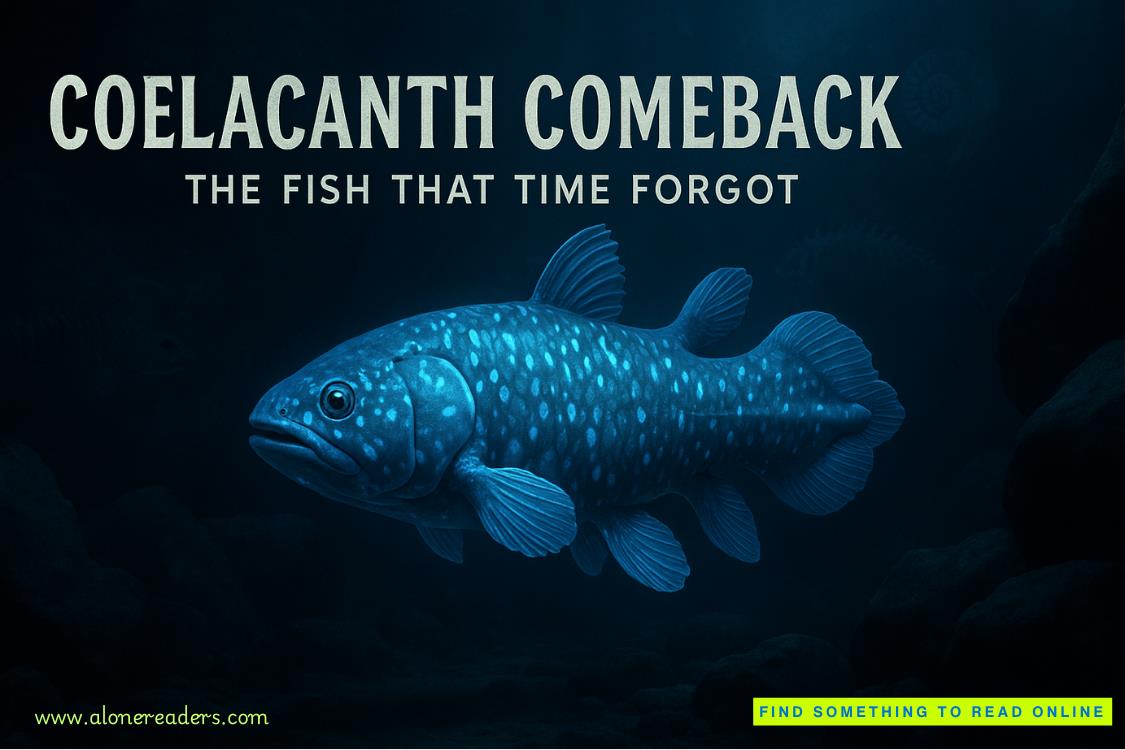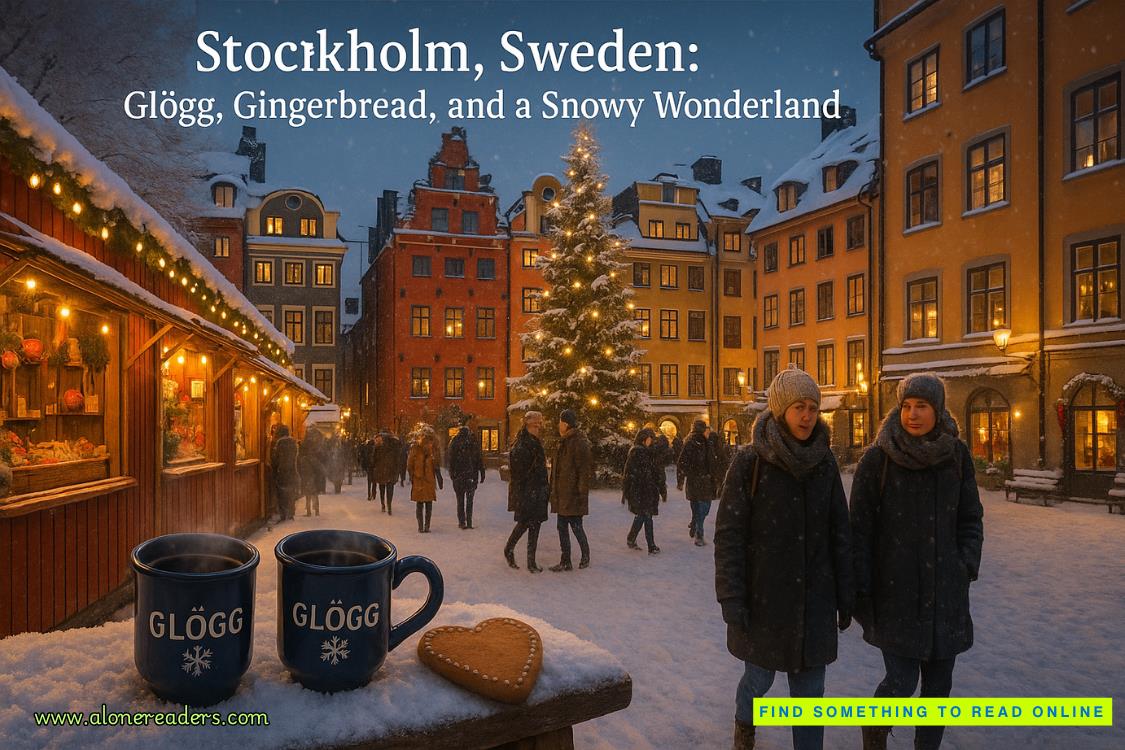Page 13 of His Untouchable Heart
Balancing a coffee cup in one hand and a paper bag with a still-warm croissant in the other, I nudged open the heavy glass door of the Devereux Gallery with my hip. The scent of roasted espresso and buttery pastry wrapped around me, a small comfort before the long day ahead.
As I moved through the gallery’s main hall, the serene quiet of early morning gave it an almost sacred stillness. I walked past the large worktable where the latest batch of artwork awaited scanning, the overhead lights still dim. The equipment—high-resolution scanners, UV lights, and infrared imaging tools—stood ready, silent, and imposing.
I’ll get back to you soon enough.
I pushed open the office door with my elbow, set my coffee and croissant on my desk, and powered up my laptop. Today had to be the day I found something—anything—that would prove our connection to the painting.
I flipped open the thick binder labeledA Lady and Gentleman in Black– Provenance Research and smoothed my hand over the pages, my pulse kicking up the way it always did when I worked on this case.
Unlike other stolen works I had researched,A Lady and Gentleman in Blackwasn’t a painting lost to time. It was real, documented, and known. Frans Hals had painted it in the early 1600s, using his signature bold brushstrokes to capture a wealthy Dutch couple posed in their finest black attire. The painting has been exhibited in museums, sold at private auctions, and written about in scholarly journals.
But somewhere along the way, a critical piece of its history had been erased.
I had grown up hearing whispers about the painting, passed-down stories from my grandmother and father—accounts that had always seemed more like family lore than fact. But when my sister and I started our own research, I realized there was something to them.
The records were inconsistent, and transactions that should have been accounted for were missing. I was certain that that private collection belonged to my great-grandfather, Bram Van Den Berg.
But certainty wasn’t enough. I needed proof.
I took a sip of coffee, scrolling through auction logs on my screen. If I could find the missing link—a sale, a post-war recovery transfer, a record of the painting changing hands illegally—I could finally lay claim to it, not just as a researcher but as a descendant of its rightful owner.
I glanced at the stack of documents I had compiled yesterday, flipping through them and double-checking my notes.
And then I frowned.
Something was missing.
The post-war estate transfer records detailing how looted artwork had been redistributed after the war were gone. I shuffled through the files again, my stomach tightening.
I had left them right there last night.
A flicker of unease crept up my spine. Those documents were the closest thing I had to a trail leading back to my father’s family. Had I misplaced them, or had someone taken them?
After setting down my coffee, I pushed back from my desk and grabbed my phone. I had a contact in Switzerland who might be able to get me replacements, but if those files were gone for good, I needed a backup plan.
Because I wasn’t about to let this slip through my fingers while the MM&W Foundation searched endlessly. Not now. Not when I was this close.
I scrolled through my contact list, balancing my phone against my shoulder as I picked apart my croissant, flaky crumbs scattering over my open research files. The missing documents still gnawed at me, but before I let myself spiral, I needed a sanity check. Someone to remind me why I was doing this in the first place.
Juliette picked up on the second ring.
“Tell me you found it,” she answered, skipping the hello entirely.
I huffed a laugh, tearing off another piece of pastry. “Good morning to you, too.”
“I don’t have time for pleasantries, Gabs. Did you find it?”
I sighed. “Not yet. But I’m close. I know it.”
Juliette groaned, and I could practically hear her pacing on the other end of the line. “Close doesn’t count. We need that paperwork, Gabrielle. This is our shot, our chance to take back what should have been ours finally.” She signed, “Knowing you, you may have accidentally thrown it all away.”
She wasn’t just talking about the painting.
For as long as I can remember, Juliette had carried the same dream—to reclaim what our family lost and to break free from the cycle of waiting for life to offer us something better. It was our future.
A future that, if she had her way, included a home in Coconut Grove with a sun-drenched terrace and a private dock.
“I already found a place,” she added before I could respond. “Three bedrooms, waterfront, ridiculous natural light. It’s perfect.”















